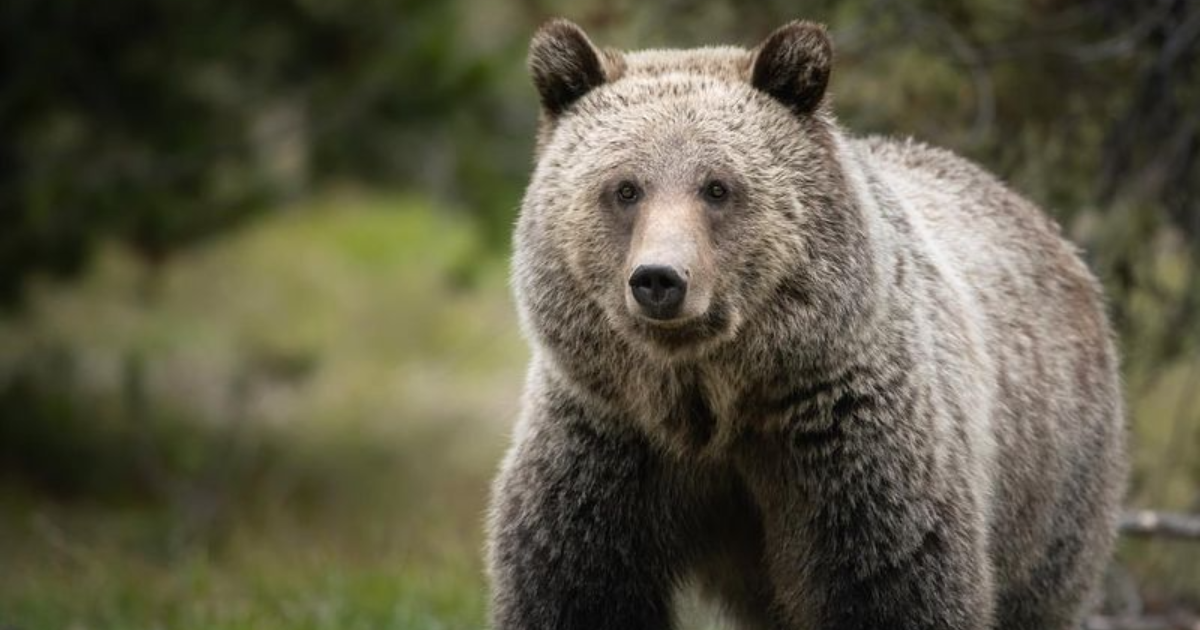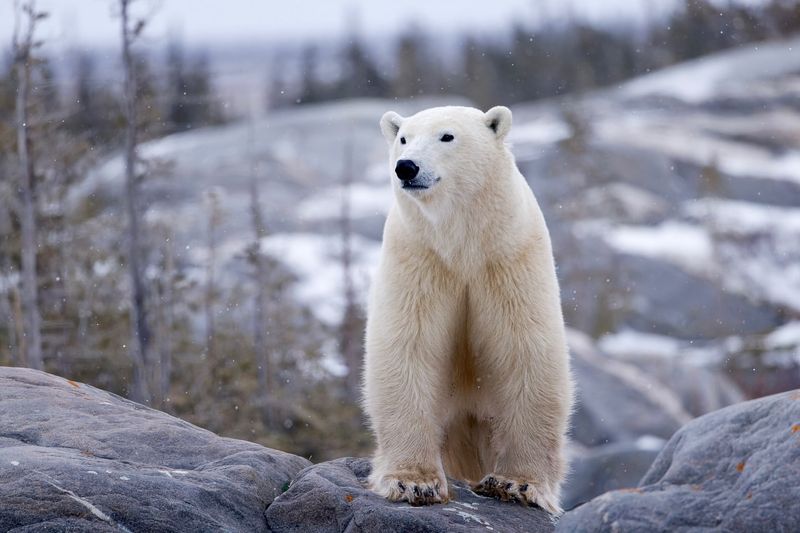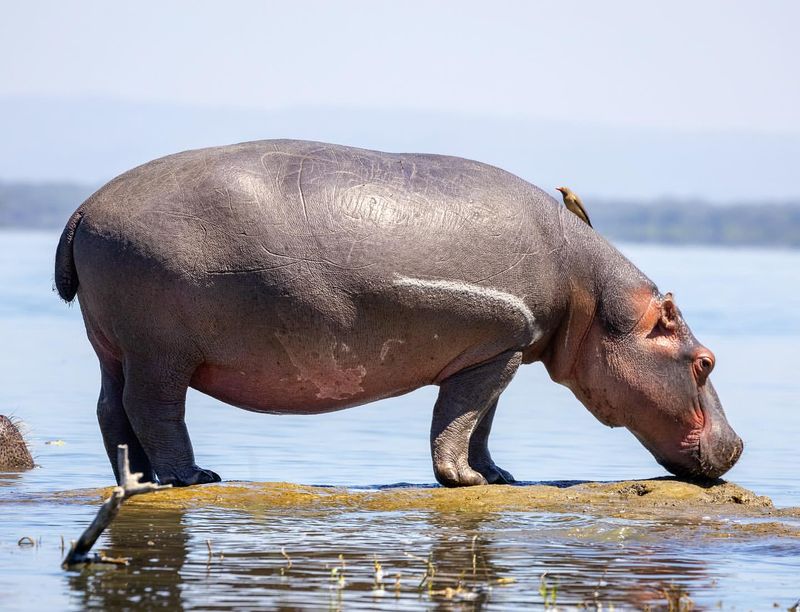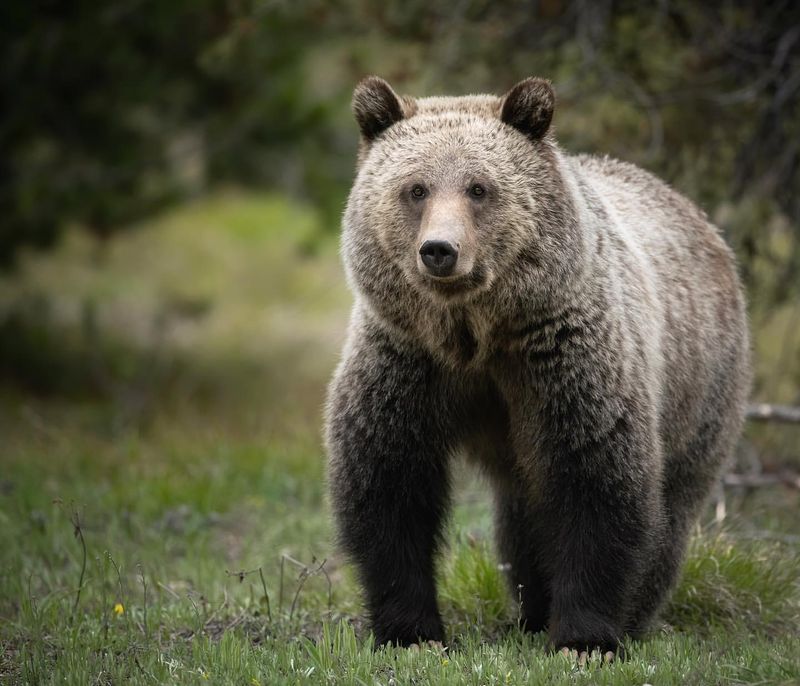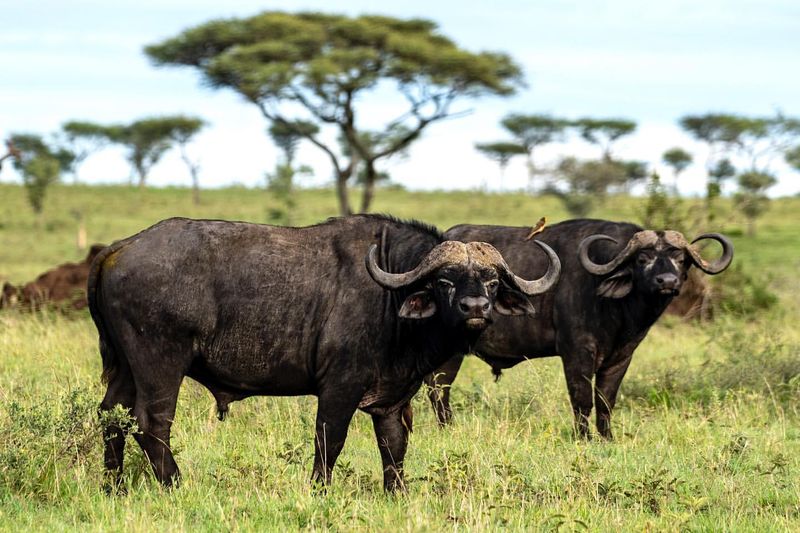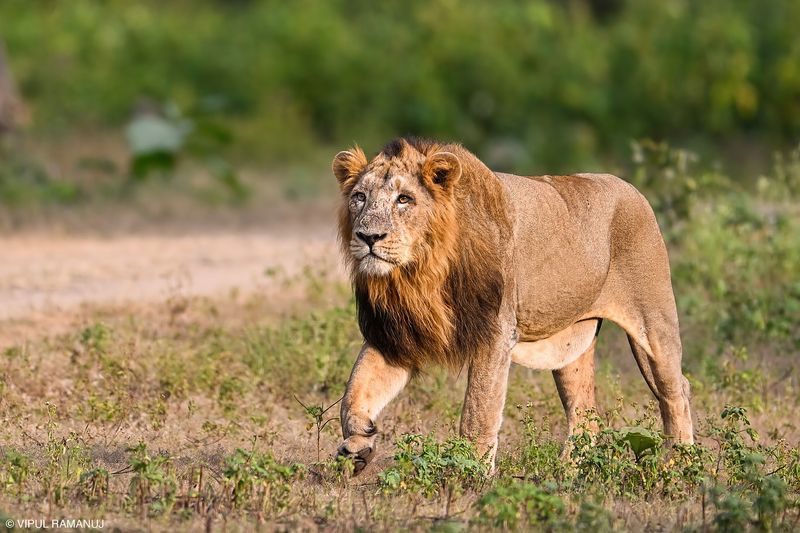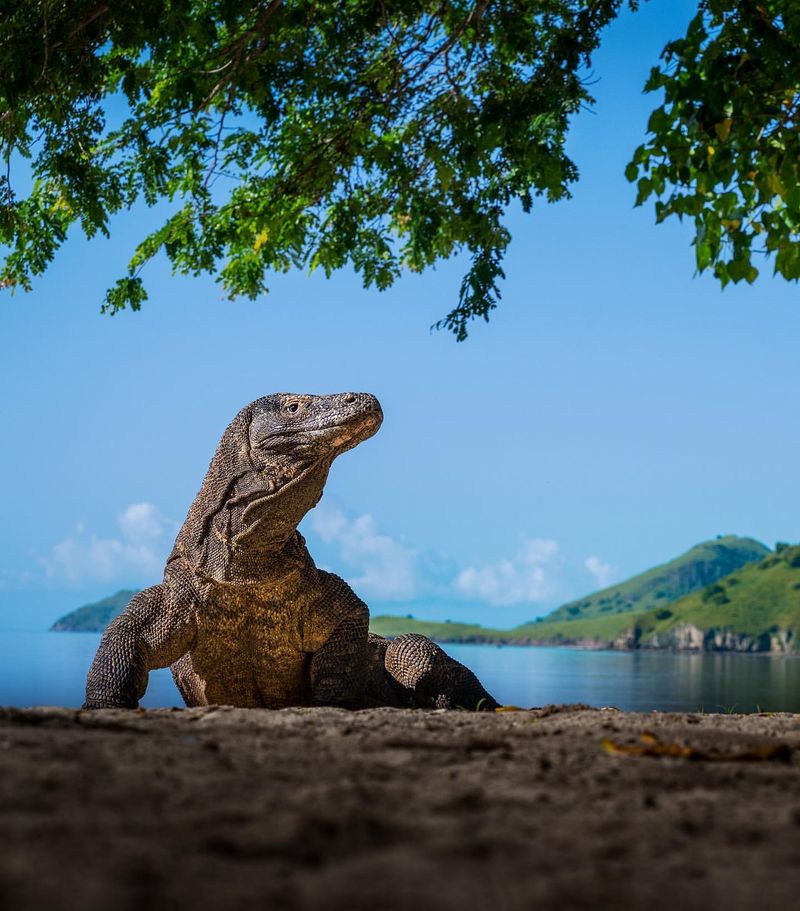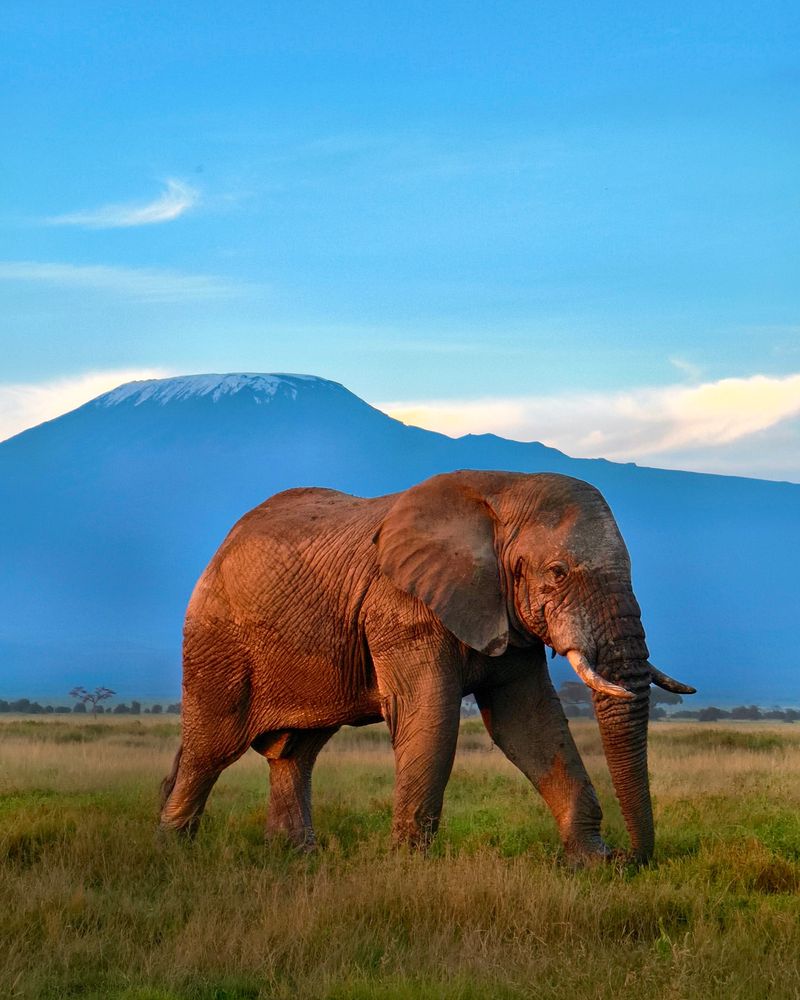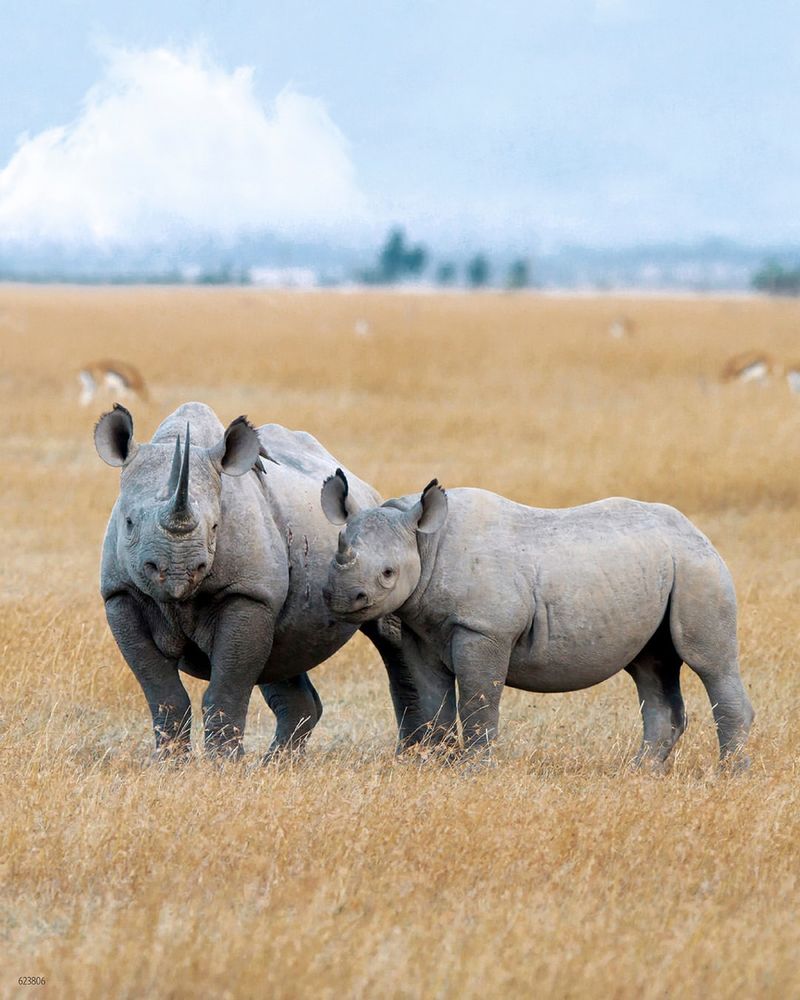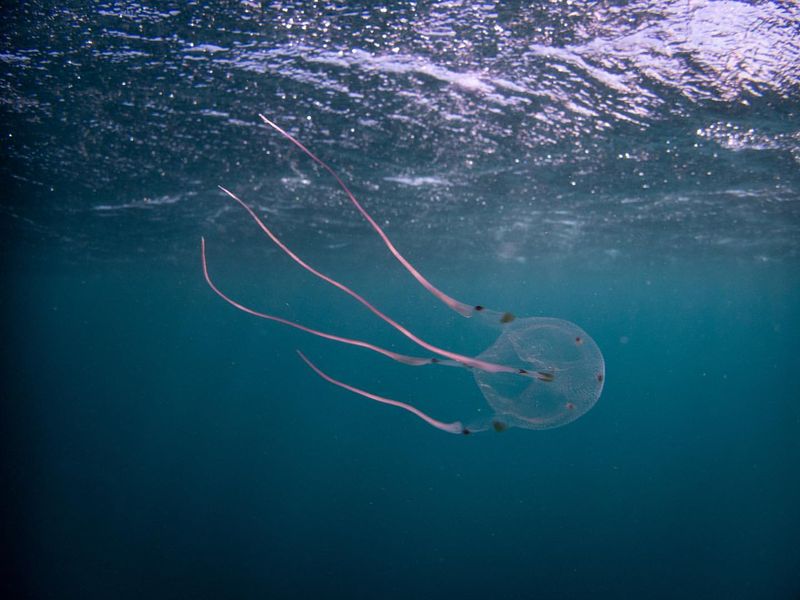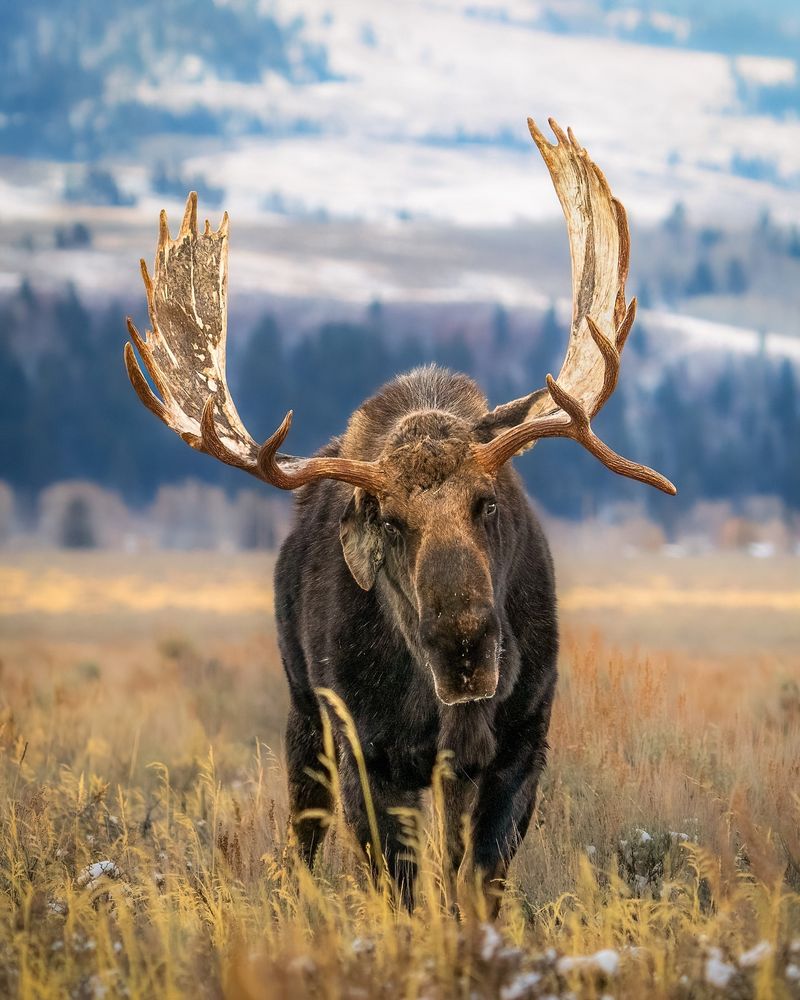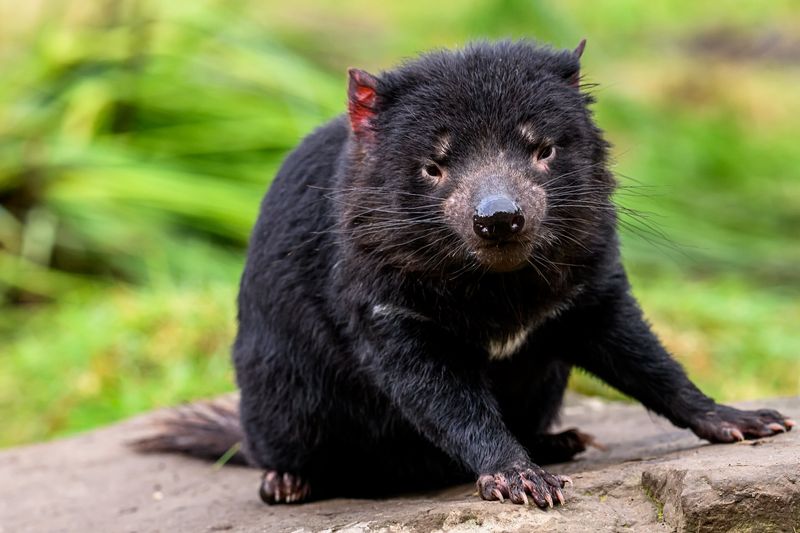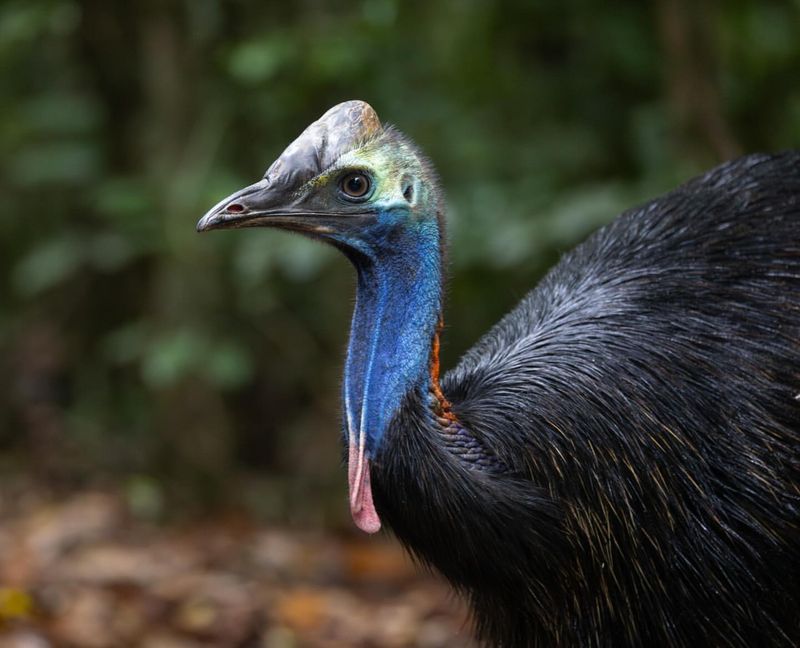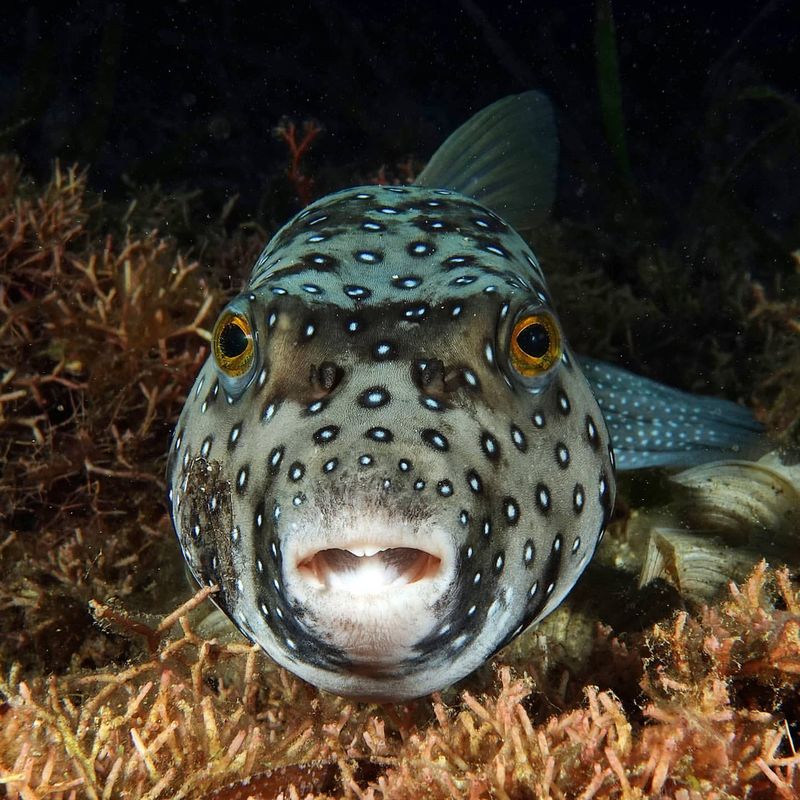📖 Table of Content:
Picture this: you’re out exploring the wild, marveling at nature’s wonders, when suddenly you spot a majestic creature that seems to beckon you closer. Stop right there!
While some animals might look like Disney characters ready to serenade you, they’re more “stay away” than “come play.”
Here’s a list of 15 wild animals you should admire from a safe distance — for your safety and theirs.
15. Polar Bear
Oh, the fluffy white coat! Polar bears might look like giant, cuddly marshmallows, but don’t be fooled. These apex predators are incredibly strong, with a bite powerful enough to crush bone and paws that can swipe a seal clean out of the water.
They can run at speeds of up to 25 mph on land and are excellent swimmers, covering miles of icy water in search of prey.
They’re also fiercely territorial and highly protective of their cubs. Crossing paths with a polar bear unprepared could make you their next meal. These Arctic icons may be awe-inspiring, but they’re best admired from a distance — preferably through binoculars.
14. Hippopotamus
“Hippos? They just float around looking chubby and adorable!” Wrong. Hippos are among the most dangerous animals in Africa.
Beneath their seemingly laid-back demeanor lies a highly aggressive temperament. Weighing up to 3,000 pounds, they can charge at speeds of up to 30 mph and have jaws capable of snapping a crocodile in two.
Hippos are extremely territorial, especially in water, and they’re known to tip over boats without hesitation. Surprisingly, they’re responsible for more human deaths in Africa than lions or crocodiles.
So, no matter how tempting it may be to snap a photo, stay far, far away from these aquatic beasts.
13. Grizzly Bear
Grizzlies may star in cute forest scenes, but don’t let their teddy bear vibes deceive you. These majestic creatures are a symbol of the wilderness, but they’re fiercely territorial and will not hesitate to defend their cubs, food, or space.
Weighing up to 800 pounds and equipped with razor-sharp claws, grizzlies can run up to 35 mph, making them faster than the average human sprinter. They’re intelligent, powerful, and unpredictable. If you’re hiking in bear country, make noise to alert them of your presence and carry bear spray.
Trust us, that casual pic for Instagram isn’t worth the risk.
12. Cape Buffalo
Also known as the “Black Death,” these massive bovines are not to be trifled with. Cape buffaloes are unpredictable, easily provoked, and pack enough power to send even the fiercest predators, like lions, running for cover.
Weighing up to 1,500 pounds and armed with large, curved horns, they’re often considered one of Africa’s most dangerous animals. If one stares you down, resist the urge to make eye contact, back away slowly, and hope it decides you’re not worth the trouble.
These beasts are known to charge without warning, and their attacks are often deadly.
11. Lion
The king of the jungle may have a regal, laid-back demeanor, but don’t be fooled. Lions are expert hunters with claws and teeth designed for taking down prey far bigger than you.
A lion’s roar can be heard up to five miles away, signaling their dominance over their territory. While they’re majestic to watch during a safari, approaching a lion is a surefire way to end up on the wrong side of nature.
Keep your safari vehicle windows up, folks, and let these big cats reign in peace.
10. Komodo Dragon
The Komodo dragon might sound mythical, but these giant lizards are very real and very dangerous. Growing up to 10 feet long and weighing over 150 pounds, Komodo dragons are the world’s largest lizards.
They have venomous bites that can cause their prey to bleed out slowly, and they’ll eat just about anything — including other Komodo dragons. Known for their stealth and speed, these creatures can ambush prey with precision.
If you’re visiting their native islands in Indonesia, marvel at these prehistoric predators from a safe, supervised distance.
9. Elephant
Elephants are often portrayed as gentle giants, and while they’re typically peaceful, they’re not pushovers. A startled or annoyed elephant can turn into a 12,000-pound wrecking ball in seconds.
Elephants are highly intelligent and form deep social bonds, but they’re also fiercely protective of their herd.
In the wild, a charging elephant can reach speeds of up to 25 mph, and their tusks can be used as deadly weapons. Respect their space, avoid startling them, and admire their majesty from afar. These creatures deserve both your awe and your caution.
8. Rhinoceros
Rhinos might look prehistoric and sluggish, but don’t let that fool you. Weighing up to 5,000 pounds, these giants can charge at speeds of 35 mph, using their horns as nature’s battering rams.
While rhinos are typically shy and prefer to avoid humans, they become highly aggressive when threatened. Their poor eyesight means they rely heavily on smell and hearing, which can lead to misunderstandings if you get too close.
If you’re lucky enough to spot one in the wild, give it plenty of room to roam and don’t tempt fate.
7. Crocodile
Crocs are the ultimate ambush predators, lurking beneath the water’s surface like a scaly nightmare. These ancient reptiles are masters of stealth, and when they strike, it’s with explosive speed and precision.
With a bite force of 3,700 pounds per square inch — the strongest of any animal — crocodiles can drag prey into the water before you’ve even realized what’s happened.
Whether you’re boating or swimming in croc territory, consider this your official warning to stay on dry land.
6. Box Jellyfish
It’s just a little blob of jelly, right? Actually, the box jellyfish is armed with venom so potent it can cause heart failure, extreme pain, and even death.
Their near-invisible tentacles, which can stretch up to 10 feet long, are covered in thousands of stinging cells. Found mostly in the waters of Australia and Southeast Asia, these jellyfish are best avoided altogether.
If you’re swimming in these regions, wear protective clothing and heed all local warnings.
5. Poison Dart Frog
Poison dart frogs are small, brilliantly colored amphibians native to the rainforests of Central and South America. Their vivid hues warn predators of their toxicity.
Despite their small size, these frogs secrete potent toxins through their skin, capable of causing harm or death to other animals. Indigenous tribes have historically used these toxins on the tips of blow darts for hunting.
It’s crucial to avoid handling these frogs, as their toxins can be absorbed through human skin. Admire their beauty from a distance, respecting their role in the ecosystem and the warning their colors convey.
4. Moose
Moose are like the “gentle giants” of the forest until they’re not. Standing up to 7 feet tall at the shoulder and weighing over 1,500 pounds, these animals are anything but gentle when provoked.
Moose are highly territorial and easily spooked, especially during mating season or when calves are present. A charging moose can knock over cars and trample anything in its path.
Admire them from a distance and let them enjoy their marshy meals in peace.
3. Tasmanian Devil
Don’t let the cartoon version fool you. Real Tasmanian devils have sharp teeth, a powerful bite, and a temper to match.
These nocturnal marsupials are known for their spine-chilling screeches and their ability to eat almost anything, bones included. Fiercely territorial, they won’t hesitate to defend themselves or their food.
While they’re not a direct threat to humans, it’s best to admire their feisty nature from afar.
2. Cassowary
Think of cassowaries as dinosaurs with feathers — and an attitude. These large, flightless birds can stand up to 6 feet tall and have dagger-like claws that can disembowel predators (or unlucky humans) in a single kick.
Found in the rainforests of Australia and New Guinea, cassowaries are shy but will attack if cornered or threatened. If you see one, give it plenty of space and resist the urge to test its Jurassic Park vibes.
1. Pufferfish
Pufferfish, with their distinctive ability to inflate and display sharp spines, are both fascinating and dangerous. Found in warm ocean waters, they contain a potent toxin called tetrodotoxin.
This toxin is highly lethal, and a single pufferfish contains enough to kill several humans. Despite their endearing appearance, they should never be handled or consumed without expert preparation.
When diving or snorkeling, it’s best to admire pufferfish from a distance. Their unique defense mechanism is a marvel to witness, but respecting their space is essential for a safe and enjoyable underwater experience.
